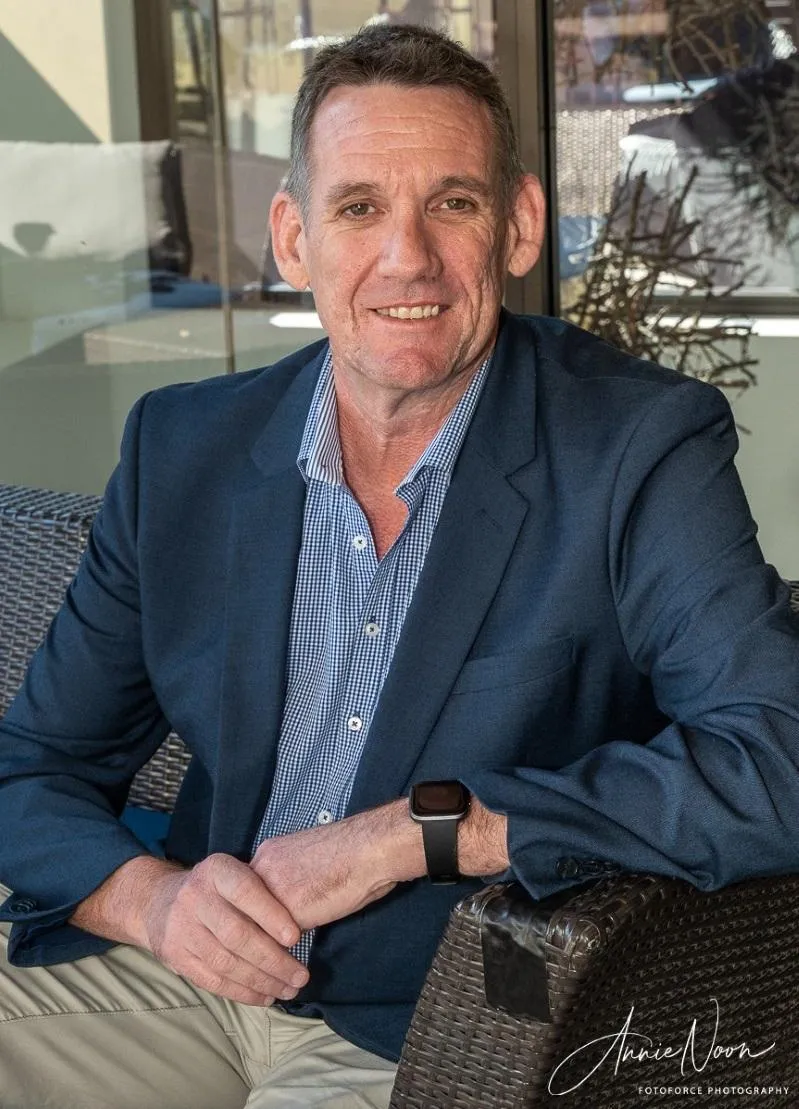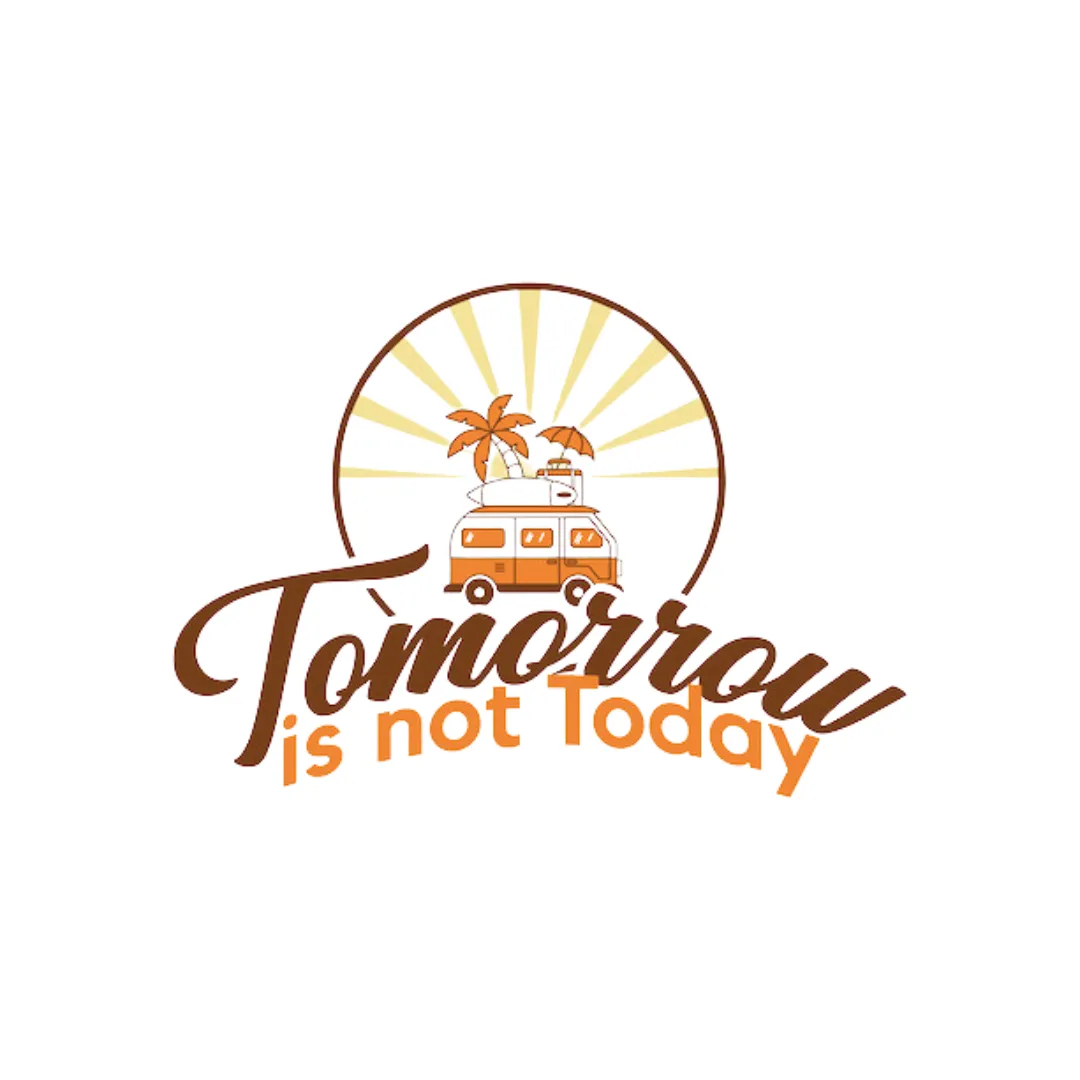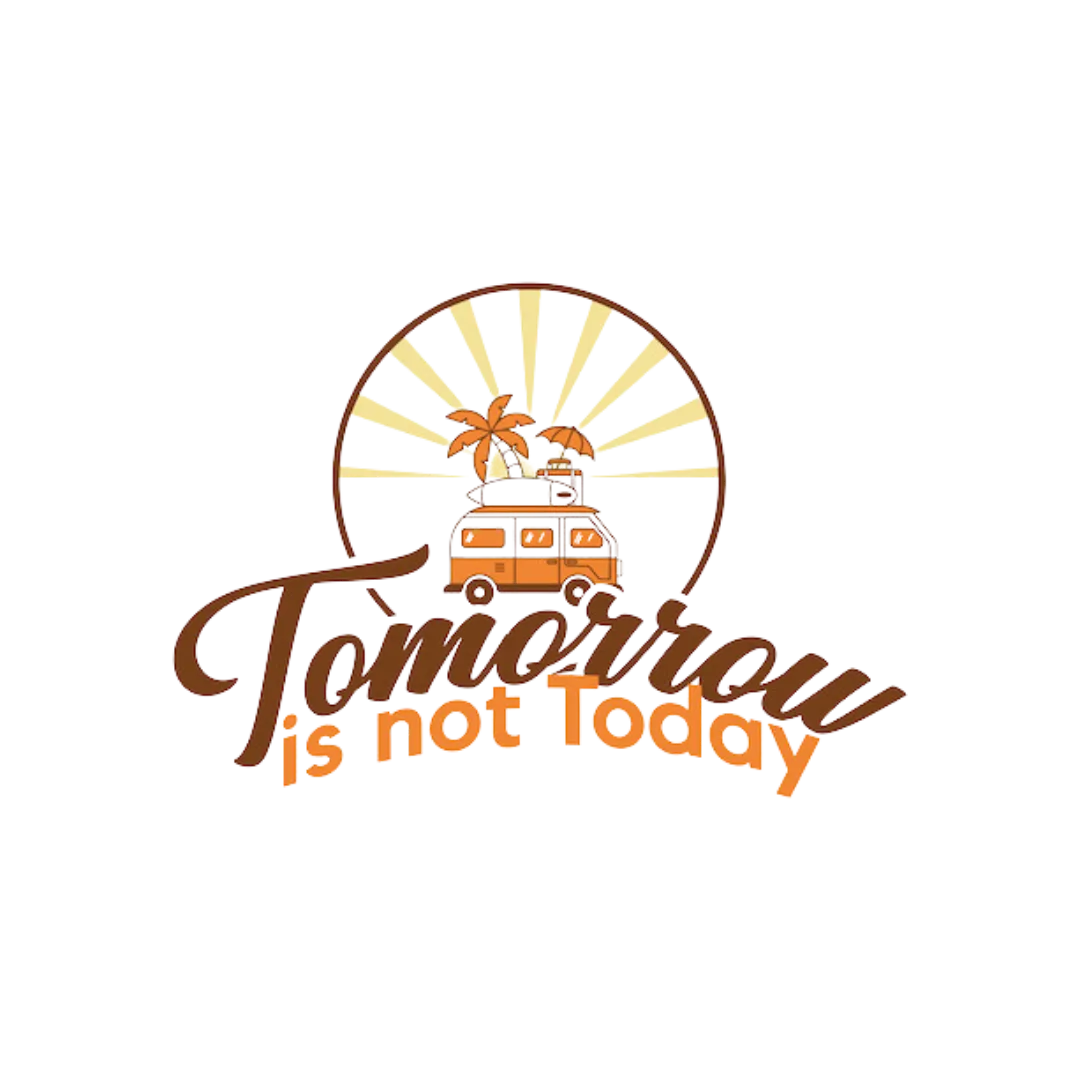Blogs

Creative Team & Culture Building for Real Success
In today's fast-paced business world, prioritizing leadership and culture within your organization is vital for achieving long-term success. Effective leadership and a strong, positive culture can lead to increased productivity, employee satisfaction, and overall business growth. Here, we explore the key strategies to develop leadership and culture in your organization.
The Power of Curiosity for Leadership
Curiosity is one of the most significant, but least often-utilized, tools in a leader's kit. A leader who is truly curious about their team members is going to develop a greater understanding of and connection with those people. The result is a closer, more unified, more harmonious, and more effective working relationship. When team members see their leaders asking questions and demonstrating a sincere interest in them, it establishes an environment of trust and respect.
Team's Cultural Insight
Team culture goes beyond mission statements and values. It encompasses emotions, attitudes, and procedures that characterize an organization. A good team culture is inclusive and productive, where everyone's role is critical and they feel important. Creating such a culture involves understanding each individual's strengths and ensuring everyone feels they belong.
The Leadership Triangle
Effective leadership can be visualized as a triangle with three crucial components:
Leadership Foundation: Good leadership is the cornerstone of a great team.
Employee Experience: Effective leadership enhances the employee experience, making them feel valued and motivated.
Customer Experience: A positive employee experience translates into excellent customer service.
Growth of Leadership Skills
Continuous development is crucial for effective leadership. Here are some methods to develop leadership skills:
Professional Development Programs: Implement training and mentorship programs for all levels of leadership.
Proactive Learning: Encourage leaders to seek out knowledge through books, podcasts, and by modeling successful leaders.
Practice and Implementation: Leaders must not only learn new skills but also consistently apply them in their daily activities.
Key Priorities for Business Owners
Business owners often struggle with where to start when improving their leadership and culture. Focus on what's currently being done and identify areas for improvement. Prioritize actions that will have the most significant impact on your organization. Set clear timelines and work systematically towards achieving these goals.
The Use of Data in Building Culture
Effective communication and data are crucial for understanding and improving team dynamics. Use professional development dashboards to track and analyze team members' strengths and areas for growth. This data-driven approach ensures that you make informed decisions to build a positive culture.
Engaging Your Team
Creating an engaging and inclusive culture involves several key practices:
Be Present: Give team members your undivided attention during interactions.
Ask Questions: Start conversations with questions like, "How are you?" to show genuine interest.
Communicate Effectively: Learn to communicate without assumptions or biases, fostering an open and understanding environment.
Conclusion
Building a strong organizational culture starts with effective leadership. By being curious, continuously developing your skills, and understanding your team's dynamics, you can create a positive and productive work environment. These insights provide a roadmap for leaders looking to enhance their skills and foster a thriving team culture
Many thanks for Amanda Rosazza for her wisdom here..

Creative Team & Culture Building for Real Success
In today's fast-paced business world, prioritizing leadership and culture within your organization is vital for achieving long-term success. Effective leadership and a strong, positive culture can lead to increased productivity, employee satisfaction, and overall business growth. Here, we explore the key strategies to develop leadership and culture in your organization.
The Power of Curiosity for Leadership
Curiosity is one of the most significant, but least often-utilized, tools in a leader's kit. A leader who is truly curious about their team members is going to develop a greater understanding of and connection with those people. The result is a closer, more unified, more harmonious, and more effective working relationship. When team members see their leaders asking questions and demonstrating a sincere interest in them, it establishes an environment of trust and respect.
Team's Cultural Insight
Team culture goes beyond mission statements and values. It encompasses emotions, attitudes, and procedures that characterize an organization. A good team culture is inclusive and productive, where everyone's role is critical and they feel important. Creating such a culture involves understanding each individual's strengths and ensuring everyone feels they belong.
The Leadership Triangle
Effective leadership can be visualized as a triangle with three crucial components:
Leadership Foundation: Good leadership is the cornerstone of a great team.
Employee Experience: Effective leadership enhances the employee experience, making them feel valued and motivated.
Customer Experience: A positive employee experience translates into excellent customer service.
Growth of Leadership Skills
Continuous development is crucial for effective leadership. Here are some methods to develop leadership skills:
Professional Development Programs: Implement training and mentorship programs for all levels of leadership.
Proactive Learning: Encourage leaders to seek out knowledge through books, podcasts, and by modeling successful leaders.
Practice and Implementation: Leaders must not only learn new skills but also consistently apply them in their daily activities.
Key Priorities for Business Owners
Business owners often struggle with where to start when improving their leadership and culture. Focus on what's currently being done and identify areas for improvement. Prioritize actions that will have the most significant impact on your organization. Set clear timelines and work systematically towards achieving these goals.
The Use of Data in Building Culture
Effective communication and data are crucial for understanding and improving team dynamics. Use professional development dashboards to track and analyze team members' strengths and areas for growth. This data-driven approach ensures that you make informed decisions to build a positive culture.
Engaging Your Team
Creating an engaging and inclusive culture involves several key practices:
Be Present: Give team members your undivided attention during interactions.
Ask Questions: Start conversations with questions like, "How are you?" to show genuine interest.
Communicate Effectively: Learn to communicate without assumptions or biases, fostering an open and understanding environment.
Conclusion
Building a strong organizational culture starts with effective leadership. By being curious, continuously developing your skills, and understanding your team's dynamics, you can create a positive and productive work environment. These insights provide a roadmap for leaders looking to enhance their skills and foster a thriving team culture
Many thanks for Amanda Rosazza for her wisdom here..
It's all about changes lives and results for our clients.

Steve Edgar

I can't speak highly enough of this Mastermind program. I have regained focus and self belief. All areas of my life have benefited significantly in a few short weeks.

Brett Reddell

The coaching made me focus on areas in my life I did not which in turn gave me better balance to get through stressful busy times. My internal happiness is so good now and I don’t allow mountains to block me.
Get In Touch
Email:
Address:
Office: 6/93 West Burleigh Rd,
Burleigh Waters. QLD 4220
Phone Number:
0448 743 759
Create the Life You Want
© 2024 Tomorrow is Not Today - All Rights Reserved.



